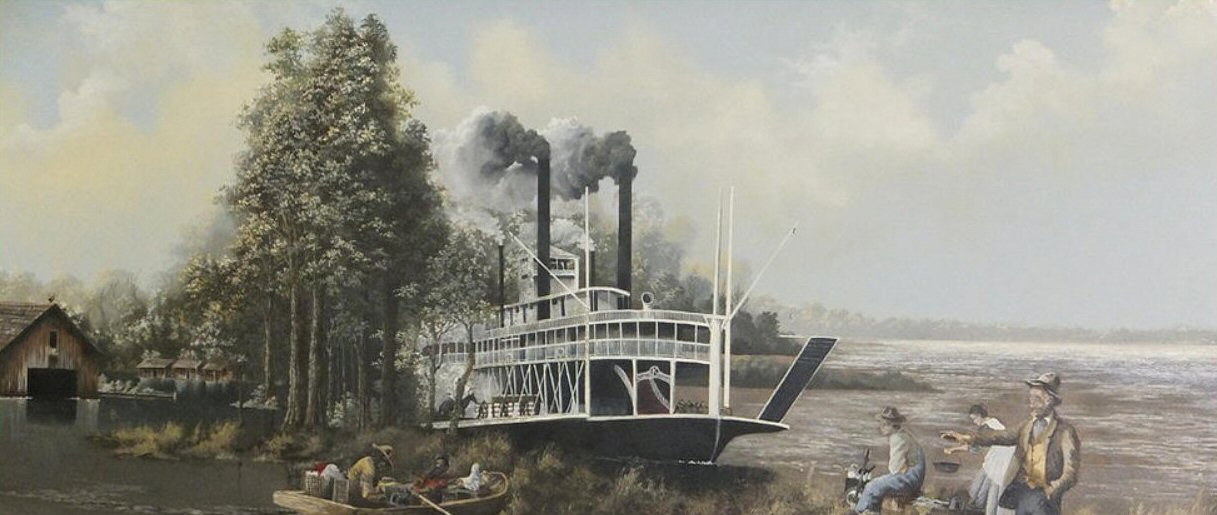
LEGISLATION APPROVED
LEVEE HISTORY
LEGISLATION APPROVED
After the flood of 1882, needed legislation was introduced in and approved by the 1884 session of the Mississippi Legislature.
At the outset, members of the Board of Commissioners of the Yazoo-Mississippi Delta Levee District were appointed every two years by the governor with the advice and consent of the State Senate. Tunica and Coahoma Counties had two representatives each, and DeSoto, Leflore, Quitman, Tallahatchie , Sunflower, and Yazoo Counties had one representative each. (Holmes County was added to the district in 1888 and Humphreys County in 1918.) The governor was also given authority to appoint one commissioner from among stockholders of the Memphis and Vicksburg Railroad.
When the first Board of Levee Commissioners held an organizational meeting in Austin (in Tunica County) on April 16, 1884, T.W. White of DeSoto County was named the first President and Reuh Page was named Secretary. Headquarters were established at the old courthouse in Austin.
Other members of the original commission were W.H. Stovall and J.F. Townsend of Coahoma County, Ben W. Sturdivant of Tallahatchie County, C.C. Crews and C.L. Robinson of Tunica County, James M. Heathman of Sunflower County, T.S. Mayre of Leflore County, W.A. Turner of Quitman County, B.S. Ricks of Yazoo County, and Thomas McGehee, representing the railroad.
Also at the first meeting of the new levee board—soon to be called the "Upper District" board—Thomas G. Dabney was named the first Chief Engineer. In writing later of his appointment, Dabney said he was a 6-5 choice for the post; the only other applicant being Robert H. Elliott, who was recommended by R.T. Wilson and Company, a firm which figured in the early financing of the district.
Prior to 1884, the so-called "lower board" had constructed and maintained levees as far north as Hushpuckena Bayou in Coahoma County, and that practice continued for a few years until special legislation extended the authority of the Yazoo-Mississippi Delta Levee District to include all the riverfront in Coahoma County.
The acquisition of funds to start levee construction proved difficult. A small amount of money was raised by private donation, but that money was earmarked for a preliminary survey rather than construction. Also, the Mississippi River Commission—which was to later offer financial assistance—had no funds immediately available for the new district.
When the authorized bonds were offered for sale, there were few purchasers because plantation owners in the region already were in desperate financial straits as the result of three serious floods in as many years. To resolve the problem, R.T. Wilson and Company, financiers of the railroad then being built through the Delta, agreed to help sell the bonds. In exchange for their cooperation, the company wanted the new "upper district" to merge with the "lower district", and they wanted the levee board to support the railroad company's position that levee maintenance and construction should be financed mainly through a tax on cotton, rather than a tax on land.
The railroad company had just acquired thousands of acres of Delta "right of way", and its promoters, including R.T. Wilson and Company, hoped to avoid high ad valorem taxes on that land. They preferred that flood control work be financed by imposing a "per bale" tax on cotton produced in the district.



